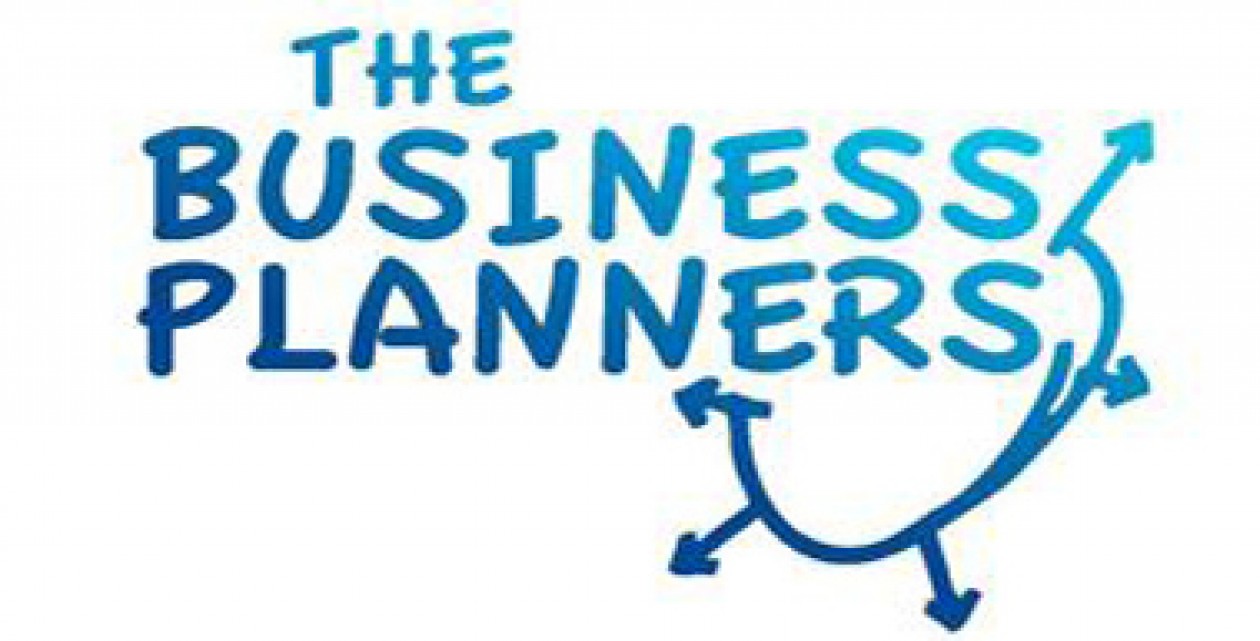A mind map is a diagram used to represent words, ideas, tasks or other items linked to and arranged radially around a central key word or idea. It is used to generate, visualise, structure and classify ideas, and as an aid in study, organisation, problem solving, decision making, and writing.
It is an image-centered diagram that represents semantic or other connections between portions of information. By presenting these connections in a radial, non-linear graphical manner, it encourages a creative approach to any given organisational task, eliminating the hurdle of initially establishing an intrinsically appropriate or relevant conceptual framework to work within.
The elements are arranged intuitively according to the importance of the concepts and they are organized into groupings, branches, or areas. The uniform graphic formulation of the semantic structure of information on the method of gathering knowledge, may aid recall of existing memories.
So why use a mind map?
Mindmaps can be drawn by hand, either as ‘rough notes’, for example, during a lecture or meeting.
You could listen to a lecture or meeting and take down notes using mind maps for the most important points or keywords.
- Start in the center with an image of the topic, using at least 3 colors.
- Use images, symbols, codes, and dimensions throughout your Mind Map.
- Select key words and print using upper or lower case letters.
- Each word/image must be alone and sitting on its own line.
- The lines must be connected, starting from the central image. The central lines are thicker, organic and flowing, becoming thinner as they radiate out from the centre.
- Make the lines the same length as the word/image.
- Use colors – your own code – throughout the Mind Map.
- Develop your own personal style of Mind Mapping.
- Use emphasis and show associations in your Mind Map.
- Keep the Mind Map clear




Recent Comments